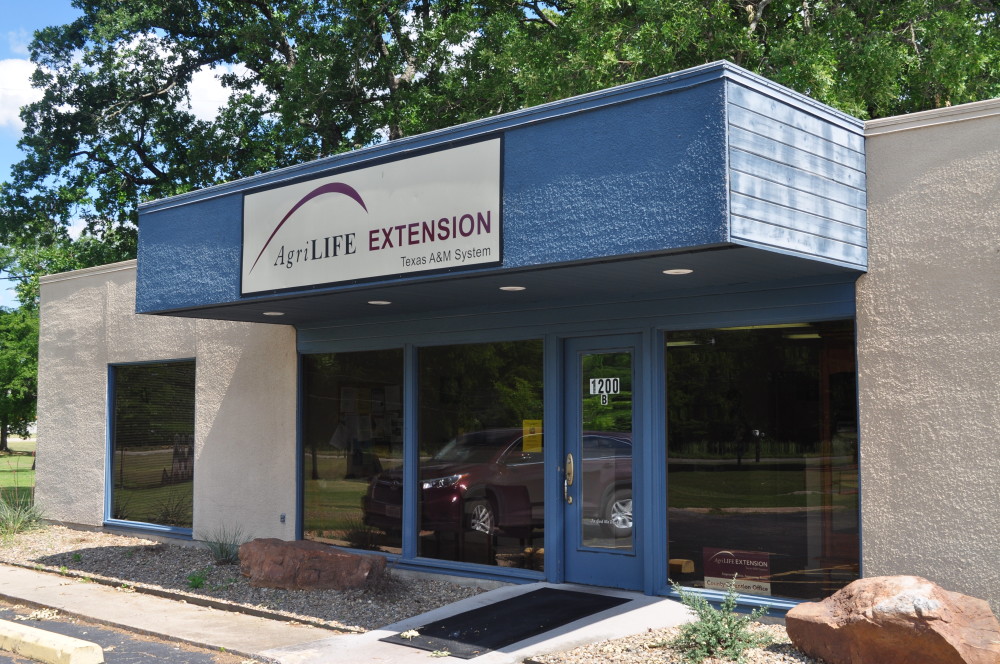
By Dr. Mario Villarino
Earlier in the week, a beef producer walked into the Extension Office in Sulphur Springs looking for help. His small herd was having issues with dallisgrass poisoning.
The problem was that cattle got into a heavily grown dallisgrass paddock and cattle got sick. Our first recommendation was to notify his veterinarian, who suggested to move them out of the paddock and feed them pellets and hay until recovery happens. Hoping to learn more, he came to the Extension Office to talk about his experience.
According to Dr. Corriher-Olsen, forage specialist for Texas A&M AgriLife Extension, dallisgrass is a warm-season perennial that has grazing potential. Dallisgrass is palatable and has a higher level of nutritive value than bahiagrass and some bermudagrass varieties, and it can retain its nutritive value later into the summer. Dallisgrass, however, produces a lower dry matter yield than some bermudagrass varieties. One concern with dallisgrass is the potential for an “ergot” fungus (Claviceps spp.) to infect seedheads and cause dallisgrass poisoning (also known as dallisgrass staggers).
The fungus infects the seedheads typically in late summer or fall. The affected animals show neurological symptoms including trembling of major muscles and head, uncoordinated movements and sometimes displays of aggression. Poisoning can be avoided by removing livestock when seed heads are affected or keeping seed heads mowed.
How to manage unwanted dallisgrass
Use of herbicides to control dallisgrass is probably the most common method practiced. Glyphosate (active ingredient in Roundup, etc.) is the only postemergence herbicide option.
As with any herbicide application, timing is critical along with following label directions. Ideally, dallisgrass needs to be sprayed when plants are less than 6 inches in height in the spring. Unfortunately for bahiagrass growers, there are no selective herbicides available for post-emergence control of dallisgrass, thus, spot treatments of glyphosate are recommended. For rates and any restrictions, refer to product labels.
In bermudagrass, there is often an opportunity to selectively control dallisgrass with glyphosate at the end of the season. Often, there is a period in late fall to early winter when bermudagrass becomes dormant while dallisgrass remains green for a short period of time. During this time, glyphosate provides fair to good dallisgrass control. Bermudagrass injury varies depending on the stage of dormancy at the time of application.
Timing and calibration are important. Once the first frost occurs, bermudagrass should be checked frequently so that the application can be made as soon as it is completely dormant. If glyphosate products with higher concentrations are used, the rate should be adjusted.
For more information on this or any other agricultural topic please contact the Hopkins County Extension Office at 903-885-3443 or email me at [email protected].
Coming Up
- Field Day for Producers and Grassland Managers: Oct. 18, 2019- Free Register by calling 903-885-3443.
- Northeast Texas Dairy Producers Conference (DOPA) Oct. 30, 2019- $10 Register by calling 903-885-3443.
- PAT CEU Credits: Nov. 6, 2019 $30, Register by calling 903-885-3443.
- Pesticide Applicator Certification (new licensee only): Nov. 13, 2019. $30; lunch included. Register by calling 903-885-3443.






